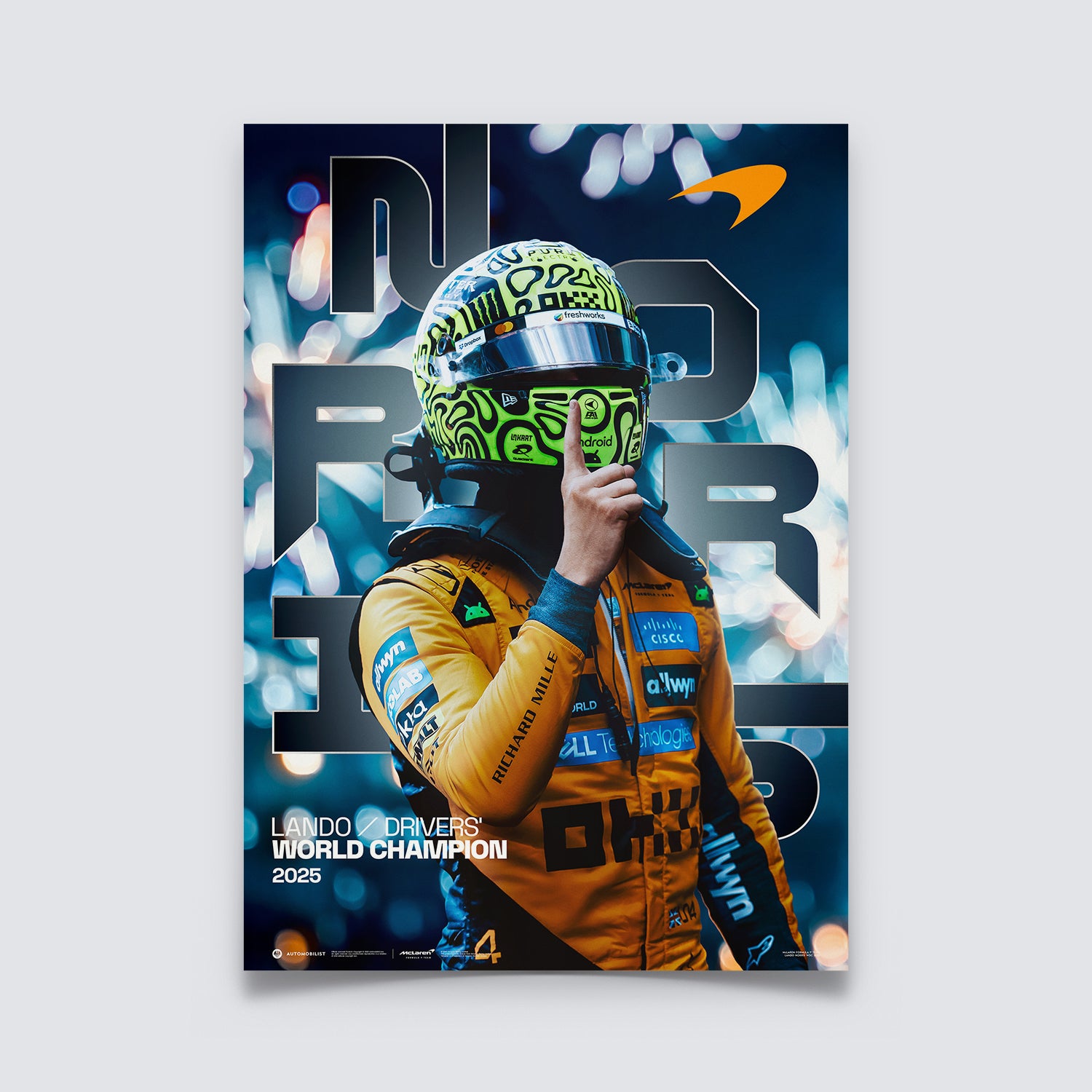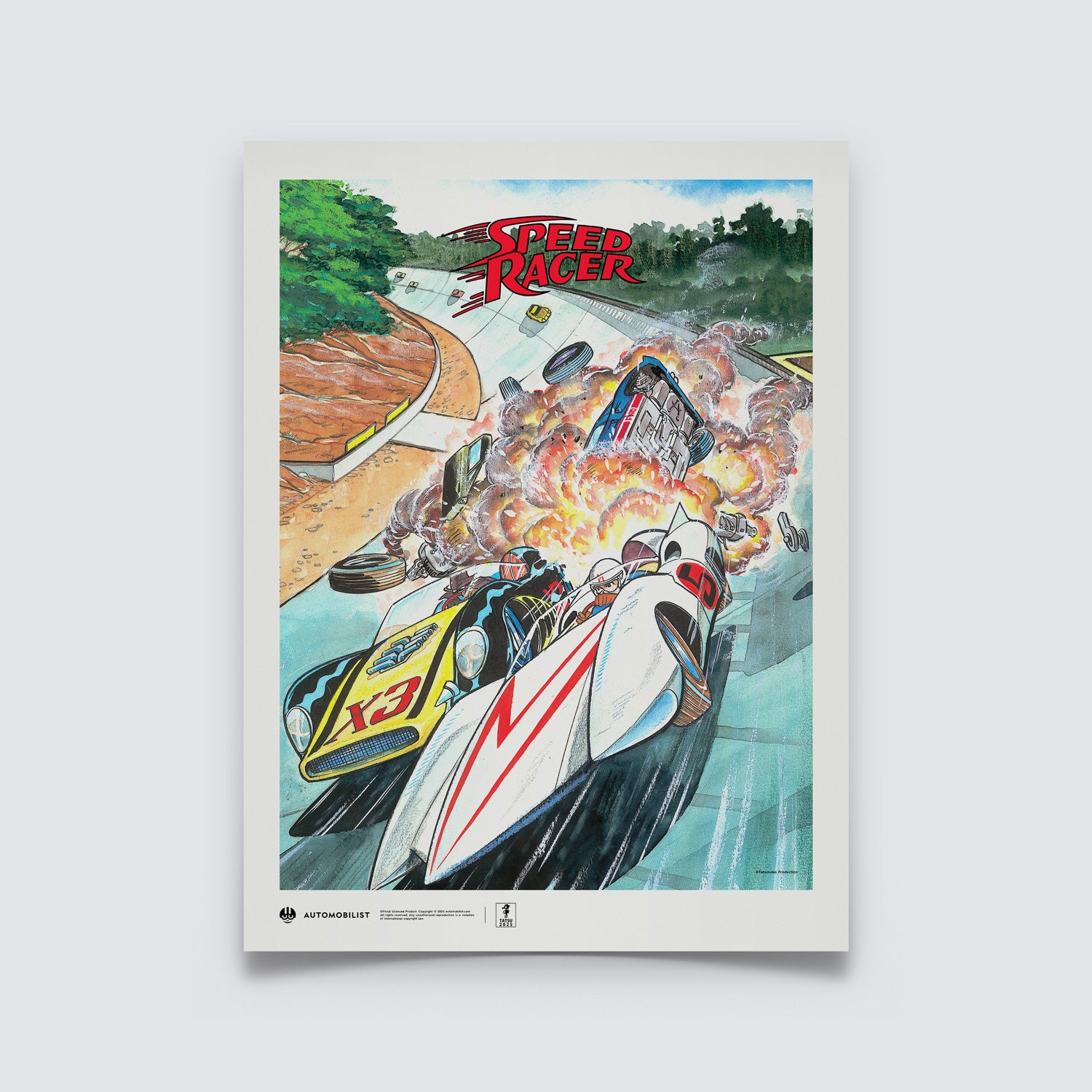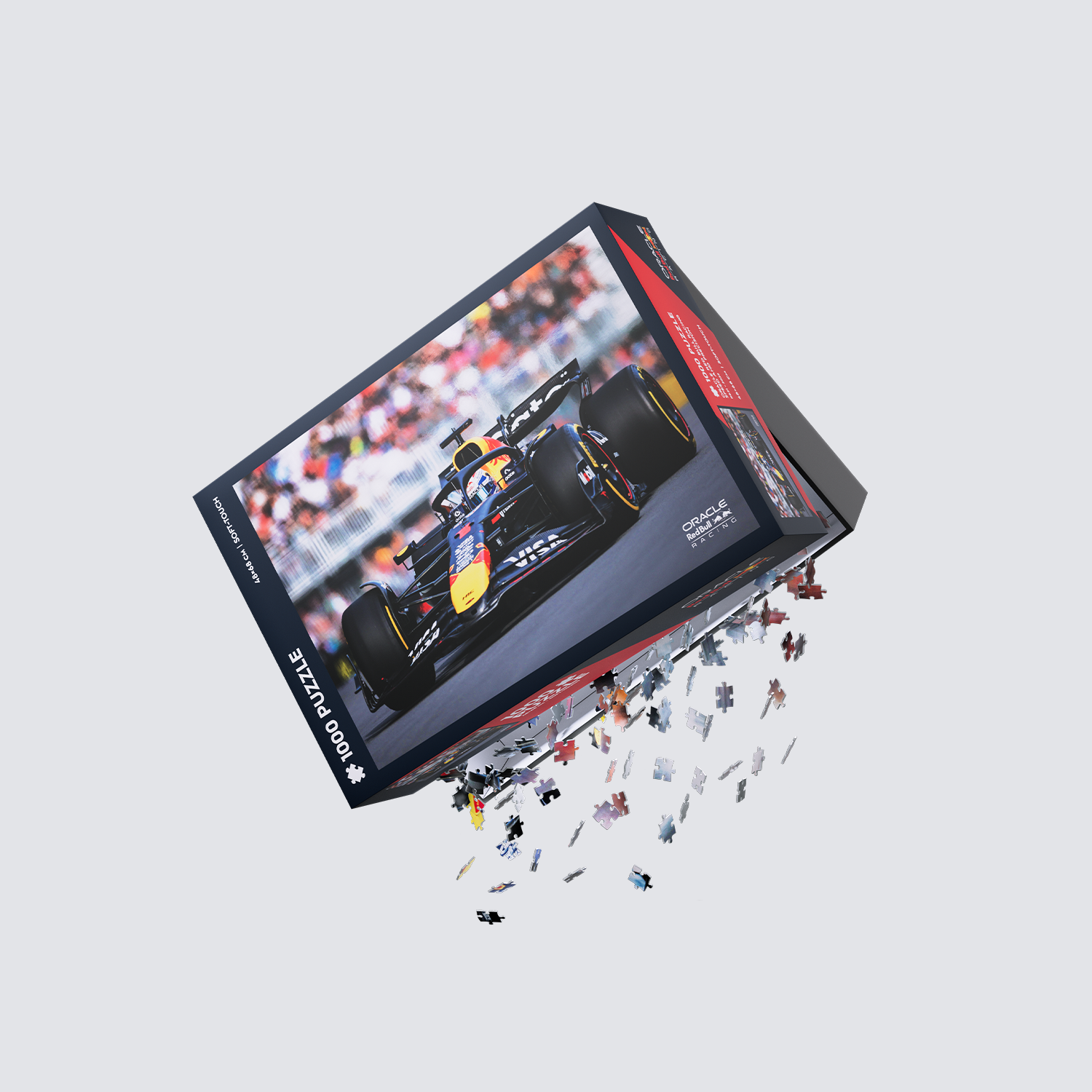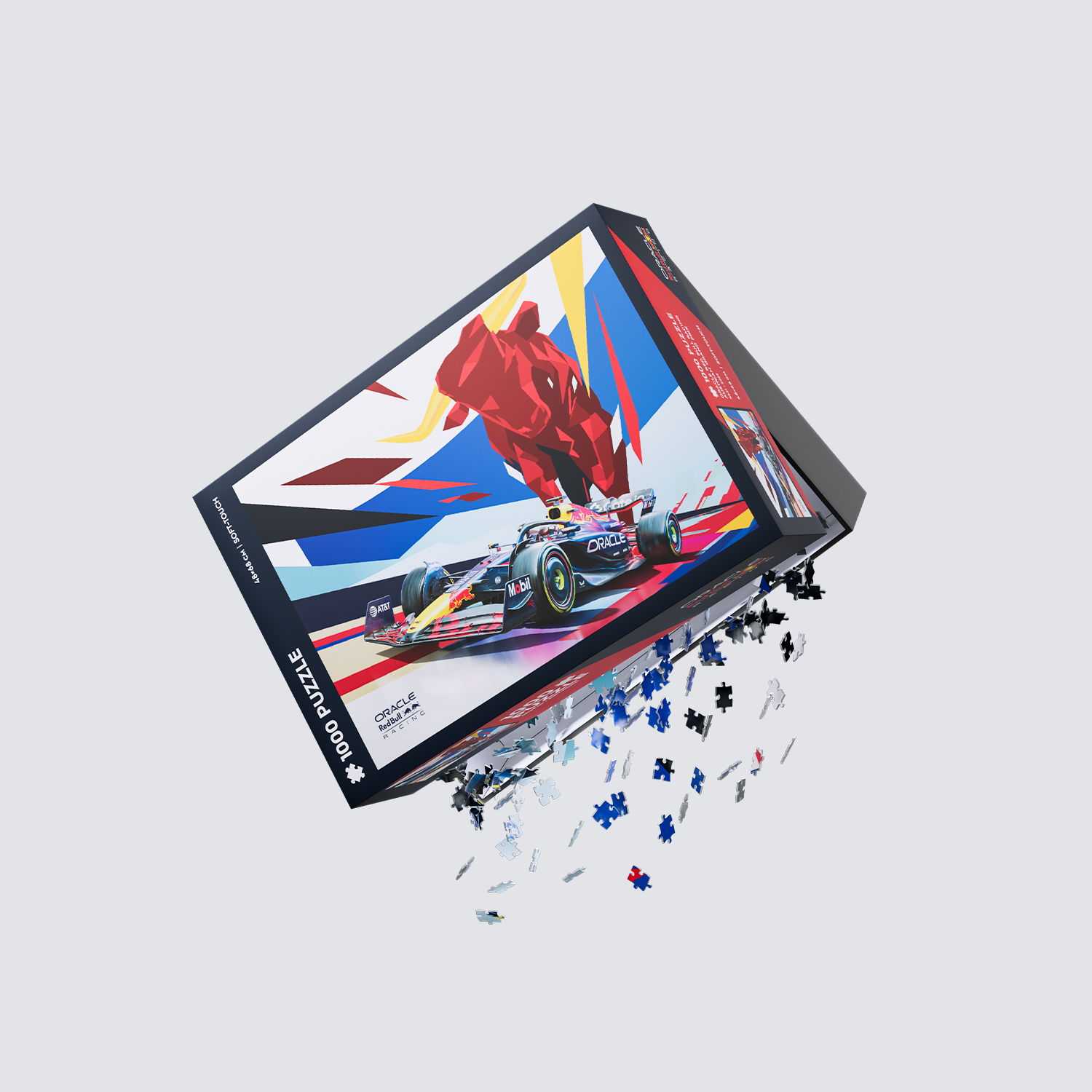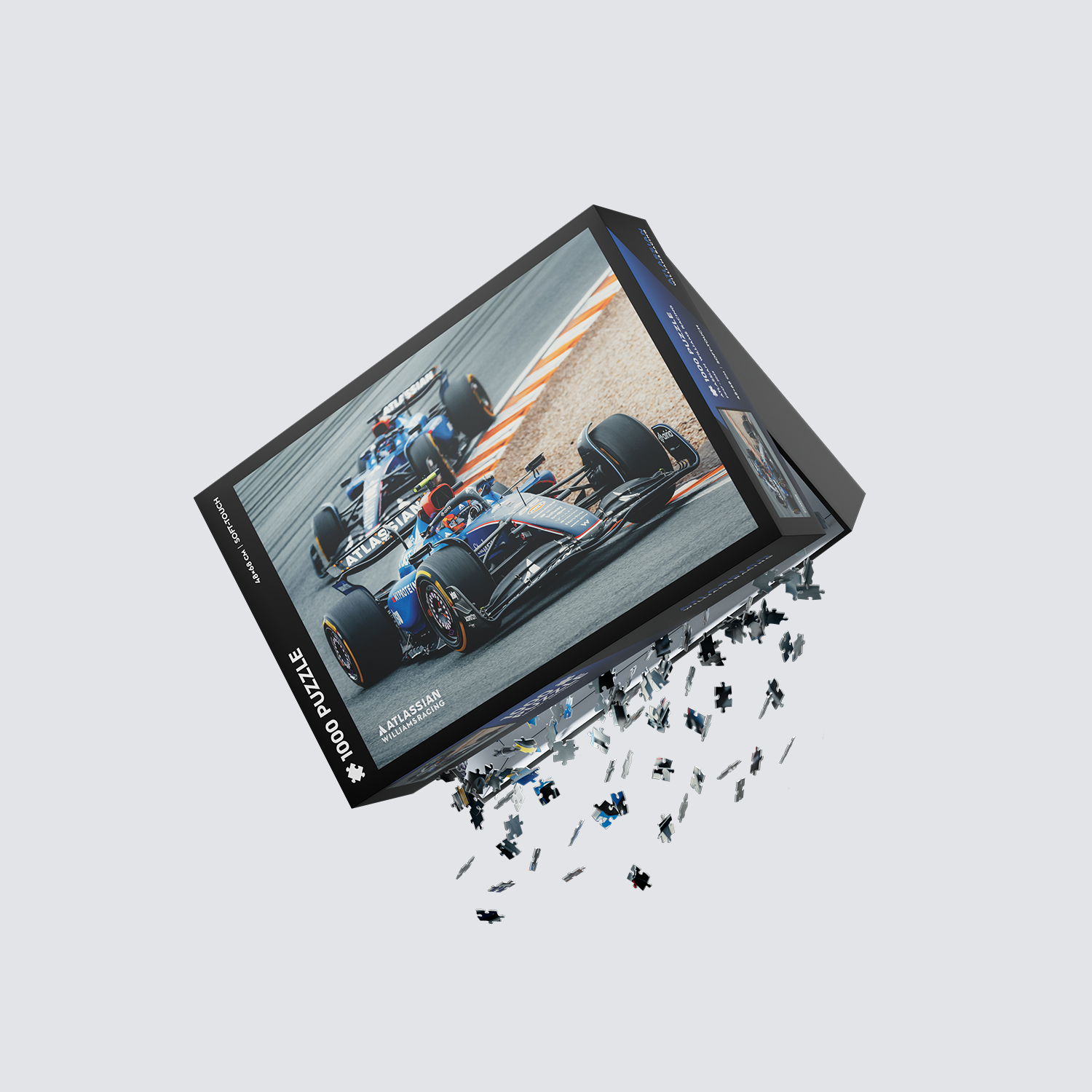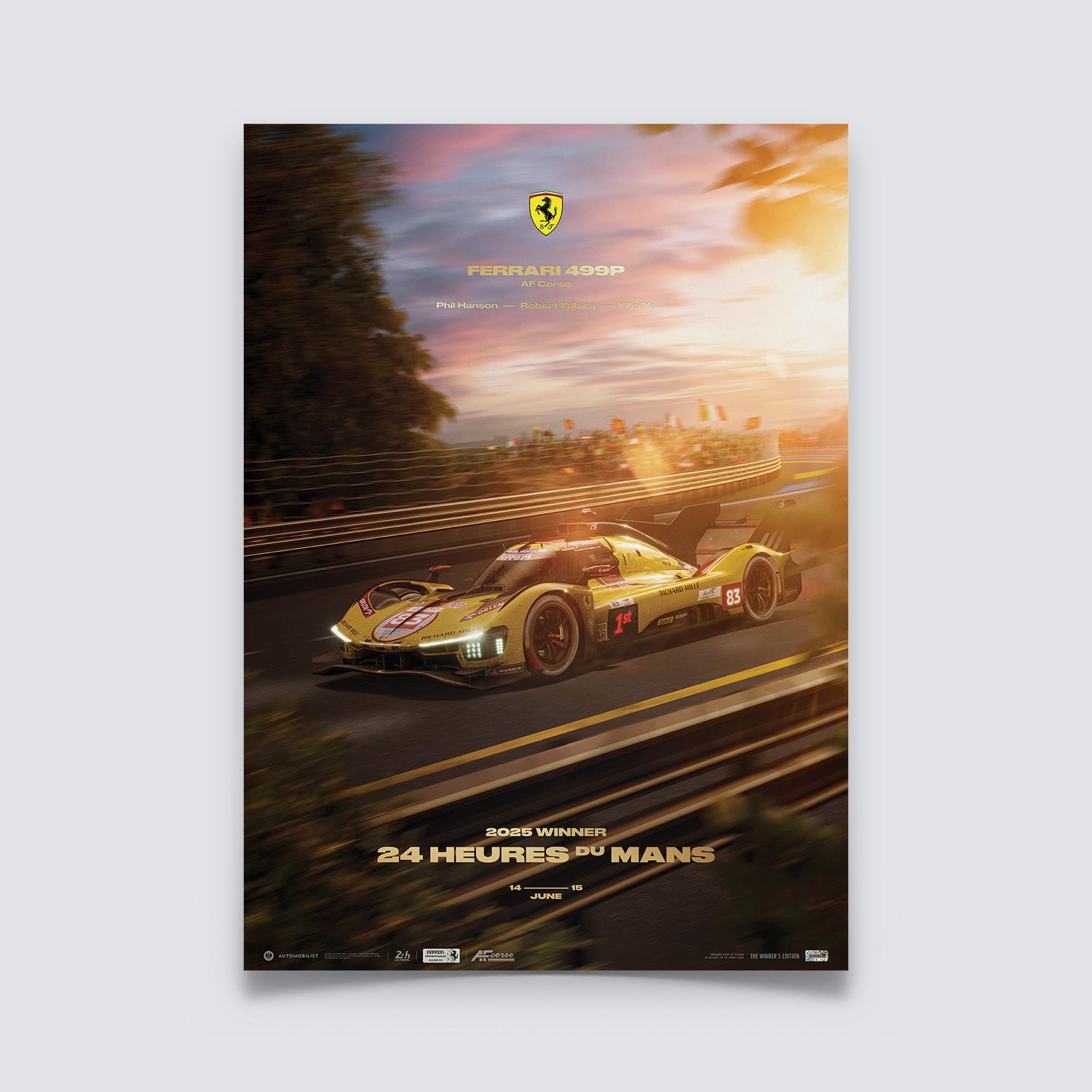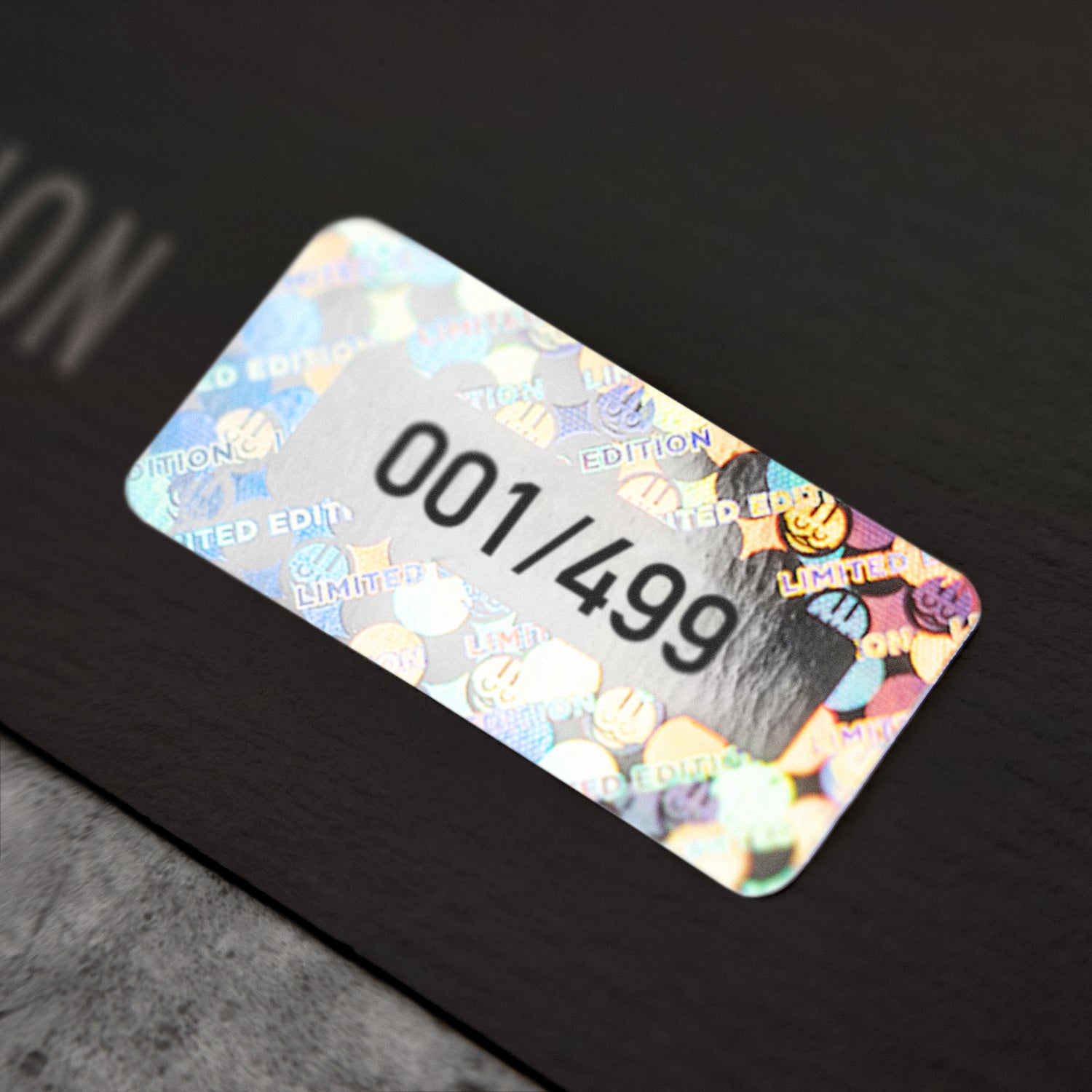The “Pink Pig” Porsche made the headlines during the 1971 Le Mans 24 hours race for all the wrong reasons: it was an ugly looking version of the Zuffenhausen Marque’s all-conquering 917. Its pink livery, with the design seen on posters in butchers’ shops to show you the names of the various cuts of meats, was definitely tongue in cheek and, to cap it all, it crashed out of the race to retire during the night, with no brakes.
Maybe that’s why you can only see the number 23 car, driven by Reinhold Joest and Willi Kauhsen in the background of the Automobilist poster commemorating the 1971 edition of the world’s most famous endurance race!
The 917 first took to the track in 1969 and soon developed a reputation as a fearsome beast that took real courage to tame and a great deal of skill to drive quickly. It was an angry machine to drive, designed in anger by Porsche’s Head of Development Ferdinand Piech, when in 1968, the FIA suddenly changed the rules for the World Sportscar Championship, upping engine capacity from three to five litres. At a stroke this rendered the smaller capacity Porsche 908 redundant. Porsche decided to fight back and the 917 was born, with a total of 25 produced to comply with FIA regulations. One was even displayed on the Porsche stand at the 1969 Geneva Motor Show with a price tag equivalent to the cost of around 10 of the company’s road going 911s.

A redesign for 1970 after a difficult first season, rendered the 917 easier to drive and far more competitive and, in the hands of the John Wyer Gulf team and the Porsche Salzburg squad, the 620 horsepower machine won seven out of eight races that year. That included winning Le Mans with Hans Herrmann and Richard Attwood in the “Kurzheck” (short-tail) version of the car, the first ever victory for Porsche at the iconic race.
The 917 featured a very light spaceframe chassis and the 4.5 litre engine, true to Porsche philosophy at the time, was air-cooled, while its basic design involved putting two of the company’s flat-6 engines together to create a huge flat 12 engine. The whole car was very advanced for its time, using materials considered exotic back then, such as magnesium and titanium to keep the weight down, although it had some old fashioned touches, such as a gear shift knob made out of wood. Safety was not as advanced as it is today and the driver sat with his feet actually ahead of the front wheel axle line, with the obvious consequences in the event of crashing straight on into the barriers.
The Pink Pig version of the 917 came about as Porsche engineers tried to combine the benefits of the aforementioned short tail version and the “Langheck” long tail. It ended up with a snout-like front end, hence the porcine nickname and a short tail. The story goes that the bosses of the team’s Italian sponsors, Martini & Rossi didn’t want to see their beautiful blue and red livery on this beast and decided to let Porsche designer Anatole Lapine do his best resulting in the Pink Pig.

That 1971 race was actually won by a Porsche bearing the real Martini livery, the 22 car driven by Gijs van Lennep and Helmut Marko, while the second placed number 19 Porsche of Richard Attwood and Herbert Muller boasts possibly the most famous paint scheme in motor racing, used today on cars, clothes and even motorbikes, the Gulf Oil light blue and orange livery.
It was a significant victory as 1971 would be the swansong for those wonderful huge engines before a 3 litre limit was imposed. It was significant and record breaking too, as the combination of these incredibly fast sports prototype cars, a very quick track layout and perfect dry weather throughout, meant that it set a record for the fastest Le Mans race that would stand for almost forty years. Possibly because of the high speeds, there was a heavy rate of attrition with a meagre twelve cars seeing the chequered flag on the Sunday afternoon, after 24 hours of racing.

MAKING OF THE PIGGYBACK
Our team at Automobilist found heavy inspiration from the Pink Pig, not as much for the car’s fateful run as for its somewhat unusual design has critics and fans divided till date. Once the historical event was selected, the team concluded that the perfect visual would include a moment when all the Porsche cars are in frame, to mark the dominance of the manufacturer through the 1971 Le Mans. Yet, the intriguing Pink Pig inspired the story and title, Piggybacking on the conversations, opinions and victory of its fellow team mates. Once the concept of Piggyback was established, we set to work creating a 3D model using CGI. Studying every piece of reference material available, our artists built the cars from scratch, slowly constructing layer upon layer of detail – even down to the correct number of coats of paint. Other area where technical details met fine artistic output included the lighting and hues establishing time of day, and summer months. A photoshoot re-creating the moment and visual of the featured portion of the actual track rounded up the process of technology meeting creativity.

A Pink Pig Porsche did finally win Le Mans, albeit taking the GT class win, not the overall victory. A Porsche 911 RSR sporting the famous butcher’s drawing was entered by the factory in 2018, almost half a century after the original livery was first seen at the Sarthe circuit. As for Reinhold Joest, who drove the original back in 1971, he never did win Le Mans as a driver, even though he was a regular member of the Porsche factory team, however, as the boss of Joest Racing, cars he entered have won the French classic no fewer than fifteen times.
Images courtesy Motorsport Images / Porsche / Automobilist


